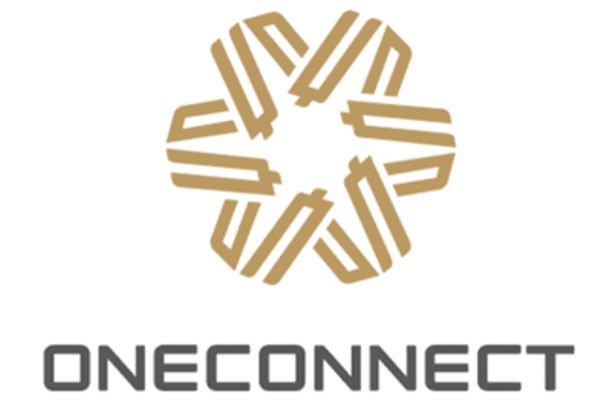-
Written by Rohit Sukhija, PayGlocal Co-founder & CPO

The internet has made global reach easier than ever. Yet, geographical limits still dictate opportunity for millions of Indian sellers—not because of a lack of ambition, but because of the infrastructure surrounding them.
Global ecommerce is projected to surpass $7.9 trillion by 2027. A significant portion of that growth will come from cross-border commerce, where consumers actively seek products from new markets.
For Indian sellers—especially D2C brands, exporters, service-led startups, and freelancers—this represents an unparalleled growth lever. But global ambition needs global tools. That’s where fintech, particularly payments, plays a pivotal role.
Payments layer that powers global expansion
For most businesses, going global starts with a deceptively simple question: “How will my customer pay me?”
Cross-border payments have long been treated as an operational necessity—something solved after product-market fit. But today, payments are no longer just a backend process; they are a strategic launchpad that opens access to new markets, audiences, and business models.
As businesses scale globally, payments must feel as seamless as local transactions. Yet cross-border payments often bring friction—high FX fees, inconsistent success rates, and checkout experiences that feel alien to international buyers. Even the best products risk losing sales at the final mile.
In many cases, it means losing customers permanently as trust breaks down. Sellers invest heavily to attract and convince customers, only to lose them at payment.
When designed well, the payments layer builds trust, removes friction, and creates experiences that feel local to a global customer. It becomes the biggest enabler of global expansion.
Solving for global commerce requires more than adding features—it demands rethinking how every layer of the payment experience aligns with global customer behavior. From how buyers choose to pay to how businesses receive, manage, and secure funds, every touchpoint influences trust, conversion, and scalability.
Anatomy of high-performance global payments
The payment gateway is where a transaction either flows or fails and often, it’s a buyer’s first real interaction with a brand. In cross-border commerce, even small hurdles can cost conversions.
A well-designed gateway aligns with local expectations, meets regulations, and delivers speed and reliability. At scale, it should enable intelligent routing, global card support, 3DS, tokenization, and checkout flows adapted to local preferences. Built with precision, it boosts success rates and strengthens trust when it matters most.
Managing international payments goes beyond accepting funds—it’s about how efficiently they’re held, moved, and accounted for. A strong multi-currency setup enables local collection in major currencies like USD, EUR, GBP, and CAD, across markets, using both local and SWIFT rails.
This reduces conversion losses, shortens settlement times, and gives businesses greater control over fund movements.
Features like real-time visibility, transparent fees, and easy access to compliance documents like FIRCs make reconciliation more manageable. As operations scale, this clarity becomes essential for momentum.
Payment preferences vary widely across regions—shaped by infrastructure, regulation, and consumer habits. From bank redirects and wallets to region-specific methods like UPI in India, iDEAL in the Netherlands, or Konbini in Japan, local methods are often more trusted.
Supporting them improves conversion, expands reach, and reduces fraud risk, with faster settlements and better success rates. A stack that adapts to regional norms and unifies them into a single experience isn’t just convenient—it’s built for long-term scale.
Fraud in cross-border payments is a constant threat that can erode margins, damage trust, and slow operations. As businesses scale, detecting and preventing fraud becomes more complex, with varying threat patterns across markets and payment types.
A robust fraud management system should leverage dynamic risk scoring, behavioral insights, and device fingerprinting to make real-time decisions without slowing the customer experience.
Support for card network-compliant authentication, geolocation intelligence, and automated suspicious activity flagging helps strike a balance between safety and success. The goal is to stop fraud without causing friction at checkout.
Future moves on cross border rails
India is at the cusp of becoming truly borderless—in how it builds, innovates, and engages with the global economy. As digital infrastructure matures and demand for Indian products and services grows, the ability to operate seamlessly across borders will define the next phase of growth.
As Indian sellers become bolder and cross-border trade becomes mainstream, payments will determine how easily and effectively businesses scale—removing friction, expanding access, building trust, and enabling confident transactions worldwide.
In this new era of borderless opportunity, payments are no longer an afterthought—they are the foundation of global business success. For Indian sellers to thrive in international markets, every layer of the payment experience must be purpose-built for scale, trust, and flexibility.
From intelligent routing to multi-currency management and localized payment methods, the right fintech infrastructure doesn’t just enable transactions—it fuels growth. As the world becomes more connected, those who prioritize seamless, secure, and scalable payment systems will lead the charge in taking India’s innovation and entrepreneurship to the world stage.



